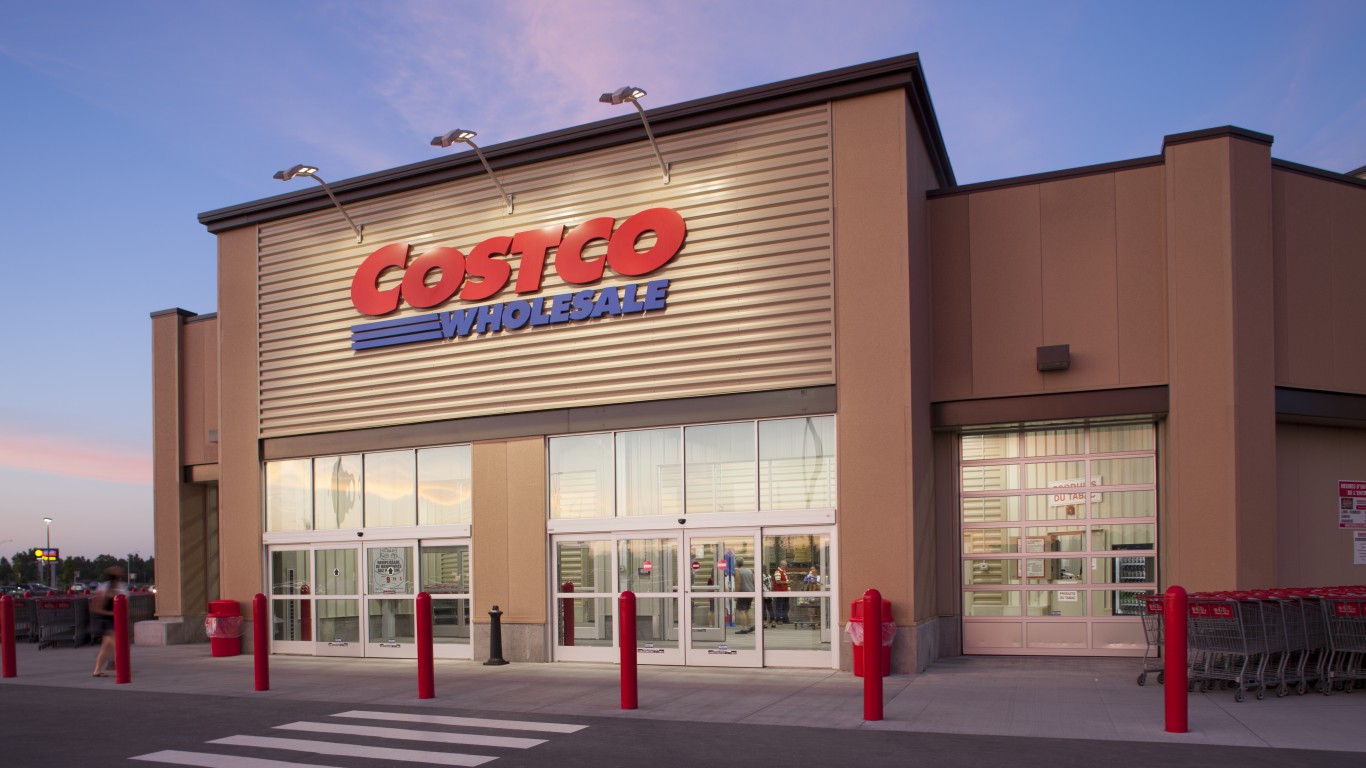
While the broader U.S. economy has taken a backseat due to the coronavirus pandemic, there are questions about how the recovery will take shape. The gig economy could play a crucial role in helping those who lost their jobs. Lyft Inc. (NASDAQ: LYFT) and Uber Technologies Inc. (NYSE: UBER) are at the very heart of the gig economy, and these North American ride-sharing firms could be a good barometer of recovery.
The Dow Jones industrial average, S&P 500 and Nasdaq are still all below their highs in February, but overall sentiment is starting to shift. The question is moving from how to deal with the coronavirus pandemic to when should we reopen the economy. The markets have responded in kind and are handily off their lows.
A tally of weekly jobless claims over the past month would suggest that more than 26 million Americans are out of work, many having been furloughed, and the US employment situation does not look good. The gig economy represents opportunity to these jobless. Ride-hailing rivals Uber and Lyft offer a vehicle for these people to make ends meet.
Obviously, there will be near-term pain for these companies as COVID-19 is not completely sorted out, and these ride-hailing services have seen the worst of it. Once a recovery is in the cards, though, the potential to bounce back is huge.
Lyft stock already has seen a significant bounce, with the stock price more than doubling since its mid-March low. While Lyft shares are signaling a recovery, it could be a bumpy ride back to normalcy.
Existential Crisis
It’s no secret that the global economy collapsed in March and many companies fell to the wayside. Uber and Lyft may have gotten some of the worst of this, as they primarily operate in major metropolitan areas. With more people staying in, there are fewer customers. Also, these companies were having a problem with their respective bottom lines going into this, so the pandemic only made things that much worse.
These companies are facing a tough question about how they will stay afloat when most people are now staying home. Again, this is a question posed to the drivers as well.
Earlier this month, Uber reportedly told financial analysts that it couldn’t forecast how much revenue it would generate this year because of the coronavirus crisis. The company had said in February that it expected to post between $16 billion and $17 billion in revenue. Lyft has yet to make an announcement about its current forecasts.
Some analysts have speculated that Uber’s rides dropped about 83% in March, while others are suggesting that major metropolitan areas are down in the range of 70% to 80%.
As a result, analysts expect these companies to cut back on marketing and incentives for drivers. If shelter-in-place orders continue past this summer, analysts believe that there could be layoffs or furloughs for the companies’ thousands of office workers.
The good news in all this is that Uber and Lyft rely practically entirely on human capital, meaning that their expenses are largely variable instead of fixed. Fewer drivers and fewer rides mean less expense, but less revenue as well. The upshot here is that once the economy is back on track and people are leaving their homes, a quick rebound is possible because these companies are not weighed down by inventory or other expenses. However, the question of profitability remains.
Delivering the Goods
Uber has transitioned heavily from its ride-hailing service to its Uber Eats delivery service. Although this business is losing money, it is expanding incredibly. Lyft took a page from Uber’s book, having never offered a delivery service, and created a temporary one in mid-March. This service delivered food and groceries to students and the elderly.
Now Lyft has announced that it is expanding this program to 11 major cities, including Houston, San Francisco, Atlanta and Seattle. As Lyft develops more partnerships, the program will expand to more drivers and more cities across the country. In the coming weeks, management has plans to expand this service throughout the country through partnerships with additional organizations.
JMP Securities analyst Ron Josey had this to say:
Delivery is the bright spot in this. Times like these do usher in a fundamental shift in how we, as consumers, act. While the fundamental shift might not be to ride share during this time, it is toward doing more things at home.
Shifting business models for Uber and Lyft will be huge going forward. At the same time, offering meaningful employment to drivers will help spur more recovery. Currently, the revival looks to be slow, but as the discussion about the coronavirus shifts from mitigation to treatment, a clearer picture of the economy reopening presents itself.
Take Charge of Your Retirement In Just A Few Minutes (Sponsor)
Retirement planning doesn’t have to feel overwhelming. The key is finding expert guidance—and SmartAsset’s simple quiz makes it easier than ever for you to connect with a vetted financial advisor.
Here’s how it works:
- Answer a Few Simple Questions. Tell us a bit about your goals and preferences—it only takes a few minutes!
- Get Matched with Vetted Advisors Our smart tool matches you with up to three pre-screened, vetted advisors who serve your area and are held to a fiduciary standard to act in your best interests. Click here to begin
- Choose Your Fit Review their profiles, schedule an introductory call (or meet in person), and select the advisor who feel is right for you.
Why wait? Start building the retirement you’ve always dreamed of. Click here to get started today!
Thank you for reading! Have some feedback for us?
Contact the 24/7 Wall St. editorial team.
 24/7 Wall St.
24/7 Wall St.

